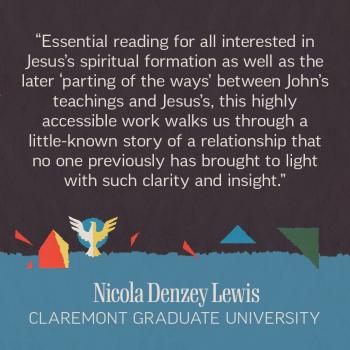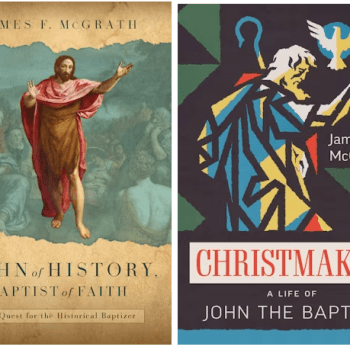I’m delighted to be part of the Patheos book club about Naomi Schaefer Riley’s book Got Religion?: How Churches, Mosques, and Synagogues Can Bring Young People Back
. Don’t miss that there is a giveaway if you don’t already have a copy of the book!
The book seeks to make sense of the current generation of young people, what they are looking for from religious congregations, and how congregations are meeting those needs in creative ways.
One key facet of younger people today is a desire to avoid committing too soon. They are aware that there are many options regarding what to buy, whom to date, what to believe, and so on. A historical perspective suggests that the drifting away from religious communities by young people is nothing new, and Riley lots a healthy course between the extremes of complacency and panic one sometimes encounters.
On the subject of “nones” Riley writes (p.7):
Atheism has not carried the day among young adults – at least not yet. Rather, a combination of agnosticism, a disinterest in and distrust of religious institutions…, and a general sense of confusion about exactly what we mean when we talk about religion and morality describes the current condition.
Many of the issues that are facing churches are facing not only churches of other denominations, but other religious traditions. Riley thus adopts an ecumenical approach, that the varied experiences might speak to and usefully inform one another.
The congregations that are surveyed include a range of denominations and ethnicities, plus mosques and synagogues and organizations which relate to those as parachurch organizations relate to churches. Such organizations are not irrelevant to both the decline and the regeneration of congregational life. Organizations like Campus Crusade, which aimed at providing a highly professionally realized and fun presentation of Christianity for young people have often left local churches seeming disappointing by comparison. The example of Charleston ONE is offered towards the end of the book as an example of local churches coming together across denominational lines to create something similar which they share and fund together, with at least some hope that the young people who are attracted to it will also find their way into traditional congregations. Riley suggests that many people find themselves seeking after college less for the highly professional music and speakers (which can wow you at their best, but in other instances may seem slick and inauthentic) and more for the sense of community that they had while at college.
No “one size fits all” solution is offered. While some congregations are flourishing by emphasizing place and their connection to a specific neighborhood, some are flourishing by breaking out beyond such boundaries. Things that intersect with the lives of people in congregations – from dating and marriage to managing finances to technology – are discussed, and interesting perspectives on them are offered. Riley is skeptical of the view summed up in a quote from an unnamed millennial interviewed by Hannah Seligson: “What people in the past may have gotten from church, I get from the Internet and Facebook. That is our religion.” Riley’s view is that “The Internet is not a substitute for community or religion” and while young people may still compulsively check their smartphones, “when they find a community they want to be a part of, they will participate” (p.140). Indeed, many young people who grew up sheltered and shuttled by parents long for the experience of neighborhood that they never had – except in their experience in the college “bubble” (p.141). The final page offers a nice summary of the book’s assessment of younger people today in relation to the lives of religious communities, but I won’t simply quote it, since it makes more sense precisely as a summary of findings built on consideration and comparison of a range of specific cases.
On the whole, the book has lots of important information and examples from the lives of congregations, ministers, and organizations, as well as insightful observations from the author, which anyone involved in or concerned for the life of a local religious community needs to read. And so I highly recommend the book. If there is something that I would have liked to see in the book, it was a focused example from mainline Protestantism. While decline in such churches is mentioned (p.127), some churches are experiencing something of a revival, since the mainline Protestant combination of openness to conversations across viewpoints, lack of dogmatism, and emphasis on putting faith into practice in support of social justice, resonates with many young people today.
See the posts on the book by other Patheos bloggers, such as Dan Wilkinson. There have also been other posts related to this topic elsewhere. Huffington Post had articles on why people don’t want to go to church and about micro rather than mega churches, while Episcopal Cafe featured one of the churches that is a focus in Riley’s book.













